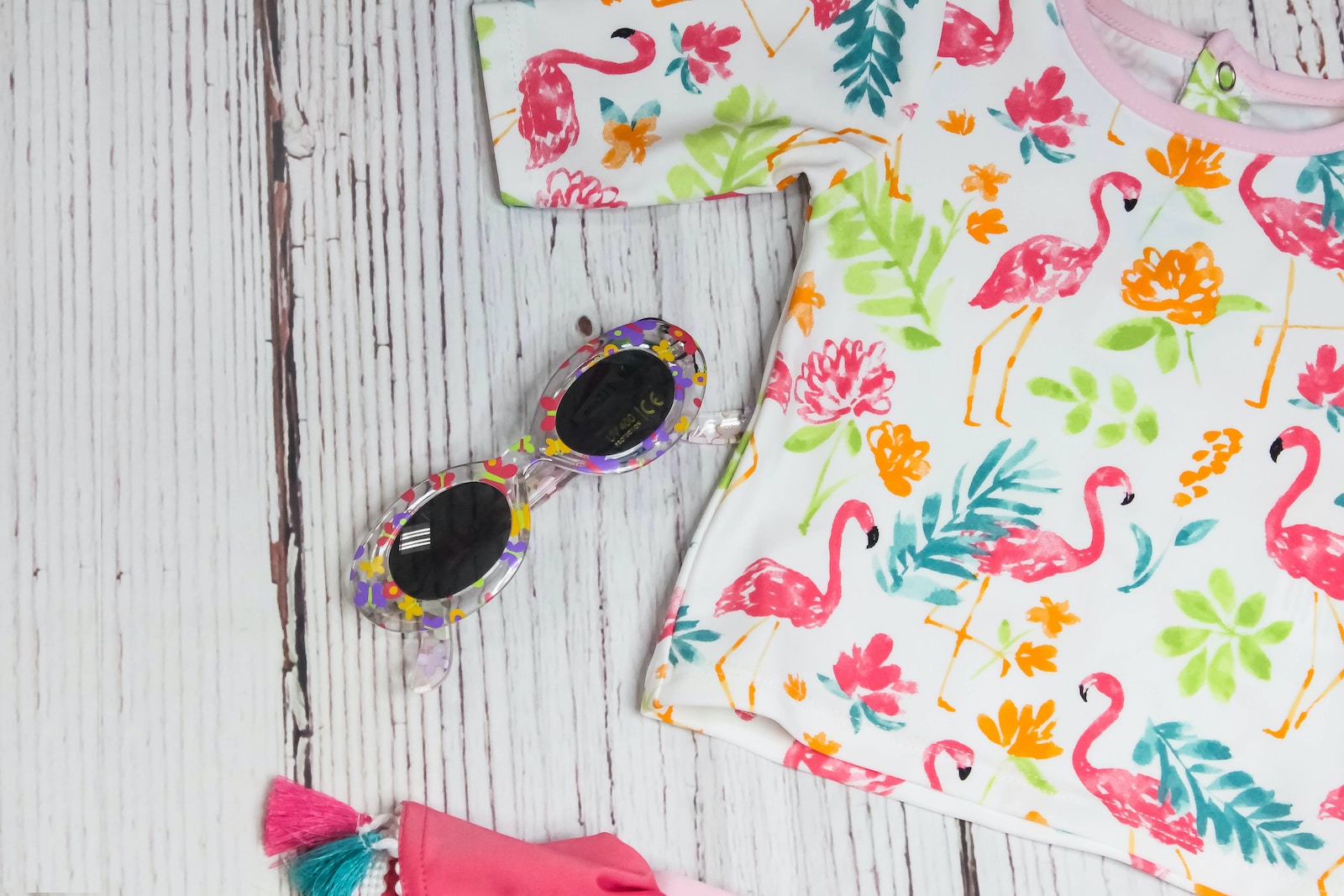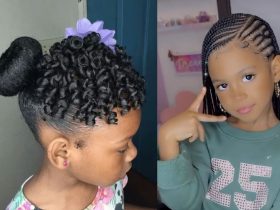When selecting clothing for your little ones, it’s vital to notice the comfort and durability of the material used. This guide aims to assist you in making an informed choice when shopping for children’s clothes.
Reader's Roadmap
The Importance of Material Selection
When it comes to selecting children’s clothes, the material’s importance is often overlooked. Parents tend to prioritize style over functionality. However, the fabric used plays a significant role in the comfort and durability of the clothing. Children’s clothing, like dresses for newborn babies for example, should ideally be breathable, capable of absorbing sweat, and should not trigger any sensitivities.
Factors to Consider When Choosing Kids Clothes Material
Comfort
Comfort should be the top priority when choosing clothes for children. Kids have sensitive skin, and certain materials may cause irritation or discomfort. Natural materials such as cotton, bamboo, linen, and wool are known for their comfort.
Durability
Children are active and tend to be hard on their clothes. Therefore, durability is an essential factor to consider when choosing materials for kids’ clothes. Durable materials will withstand the wear and tear of everyday use and frequent washing.
Ease of Cleaning
Kids’ clothes get dirty quickly and need to be washed frequently. Therefore, it is crucial to choose materials that are easy to clean and maintain. Machine-washable materials like cotton, polyester, and nylon are good options. Avoid materials that require special care, such as dry cleaning.
Safety
Safety is another crucial factor to consider when choosing materials for kids’ clothes. Avoid materials that are flammable or contain harmful chemicals. Look for clothes that meet safety standards and have been tested for lead and other hazardous materials. Organic cotton and bamboo are good options because they are free of harmful chemicals.
Environmental Impact
Lastly, consider the environmental impact of the materials you choose for your kids’ clothes. Look for materials that are sustainable and eco-friendly. Organic cotton, bamboo, and hemp are good options as they are grown without the use of harmful chemicals and pesticides.
Common Materials Used in Kids’ Clothes
Cotton
Cotton is a popular choice for kids’ clothes due to its softness and breathability. It is a natural fiber that is hypoallergenic, making it a great choice for children with sensitive skin. Cotton is also durable and easy to care for, making it a practical choice for parents.
Polyester
Polyester is a synthetic fiber known for its durability and resistance to wrinkles and shrinking. It is often blended with other materials to add strength and durability to kids’ clothes. Polyester is also easy to care for and dries quickly, making it a great choice for busy parents.
Denim
Denim is a sturdy cotton fabric often used in kids’ jeans and jackets. It is known for its durability and resistance to wear and tear. Denim is also easy to care for and can be machine washed.
Linen
Linen is a natural fabric made from the fibers of the flax plant. It is very absorbent, making it ideal for clothing. Linen is breathable and light in weight, which makes it ideal for warm weather garments. Linen resists wrinkles and is therefore perfect for children’s clothing because kids can be messy!
Satin
Satin is a smooth, shiny fabric commonly used for dresses and shirts. It’s also used for pants. Satin can be made from silk or synthetic fibers, so it can be either shiny or dull in appearance. Satin is nice under clothes because it feels soft and smooth against bare skin—something that babies with sensitive skin will appreciate during hot summer months.
Fleece
Fleece is a synthetic fabric often used for outerwear and activewear. It’s made from polyester, which means it’s warm, soft, and lightweight. Fleece is also breathable, so it won’t trap heat or leave you in a sweat while you’re playing outside.
Wool
Wool is a natural fiber known for its warmth and durability. It is often used in kids’ winter clothes such as sweaters and coats. Wool is also breathable and hypoallergenic, making it a great choice for kids with sensitive skin.
Popular Brands for Kids Clothes Material
When choosing the right material for your kids’ clothes, several popular brands can be trusted. These brands have a reputation for producing high-quality materials that are both comfortable and durable.
One such brand is Cotton Incorporated, known for its soft and breathable cotton fabrics. Another popular brand is GOTS (Global Organic Textile Standard) certified organic cotton, known for its commitment to sustainability and producing fabrics free from harmful chemicals.
Trends in Kids Clothes Material
Eco-Friendly Materials
More and more parents are becoming environmentally conscious, and this trend is reflected in the clothes they buy for their kids. Eco-friendly materials like organic cotton, bamboo, and Tencel are becoming increasingly popular.
Comfortable Fabrics
Comfort is a top priority when it comes to kids’ clothes, and designers are taking note. Soft, stretchy fabrics like jersey, fleece, and velour are popular choices for casual wear.
Bright Colors and Bold Prints
Kids love bright colors and bold prints, and designers are catering to this demand. From animal prints to geometric patterns, there is no shortage of eye-catching designs on the market.
Machine-Washable Materials
Let’s face it, kids are messy. That’s why machine-washable materials are a must-have for parents. Cotton, polyester, and spandex are all easy-to-care-for materials that can be thrown in the washing machine without any fuss.
Versatile Pieces
Parents are looking for clothes that can be worn in a variety of situations, from playtime to parties. Versatile pieces like leggings, hoodies, and denim jackets are popular choices that can be dressed up or down depending on the occasion.
Conclusion
When it comes to choosing the best material for your children’s clothes, it’s important to consider factors such as softness, breathability, durability, and ease of care. By keeping these factors in mind, you can choose clothes that are not only comfortable and durable but also safe for your child to wear.







Leave a Reply
View Comments